
My body is a temple, my body is a ruin
My body is a temple, my body is a ruin explores themes of transformation, loss, love, devotion, support, and grief. It considers out of body experiences and finding paths to be present again with oneself following destabilization.
This body of work poses a binary comprised of the temple and the ruin. The temple represents sacred space– a place one can engage the spiritual, acts of worship, experience catharsis, experience the divine, and community. In contrast, the ruin represents isolation, disintegration, and collapse–something forgotten or abandoned. A ruin is both a place (noun) and a verb–a choice or action made towards something.
The self-portraits depict the character/figure in multiple emotional states. The two main rooms of the exhibition are divided thematically. Depicted in the room on the right, where the viewer enters the gallery, are states of loss and grief. The room on the left focuses on revelation and being on the precipice of transformation.
The flora motifs in some of the work function as metaphoric representations, acknowledging feelings and events. The background landscapes are meant to be expansive spaces to visit, to release and reflect, just as nature is for me in my own life. The landscapes also reflect the themes of the rooms; one slightly out of focus seascape–adrift, loss, uncertainty; the forest spaces–those of growth, transformation, restoration, and being grounded.
In the making of this work, a revealing question surfaced for me. Does grief need a witness? I think for many, it does. In this work I’ve utilized poetry and self-portraiture as a method for being my own witness and my own catalyst for transformation.


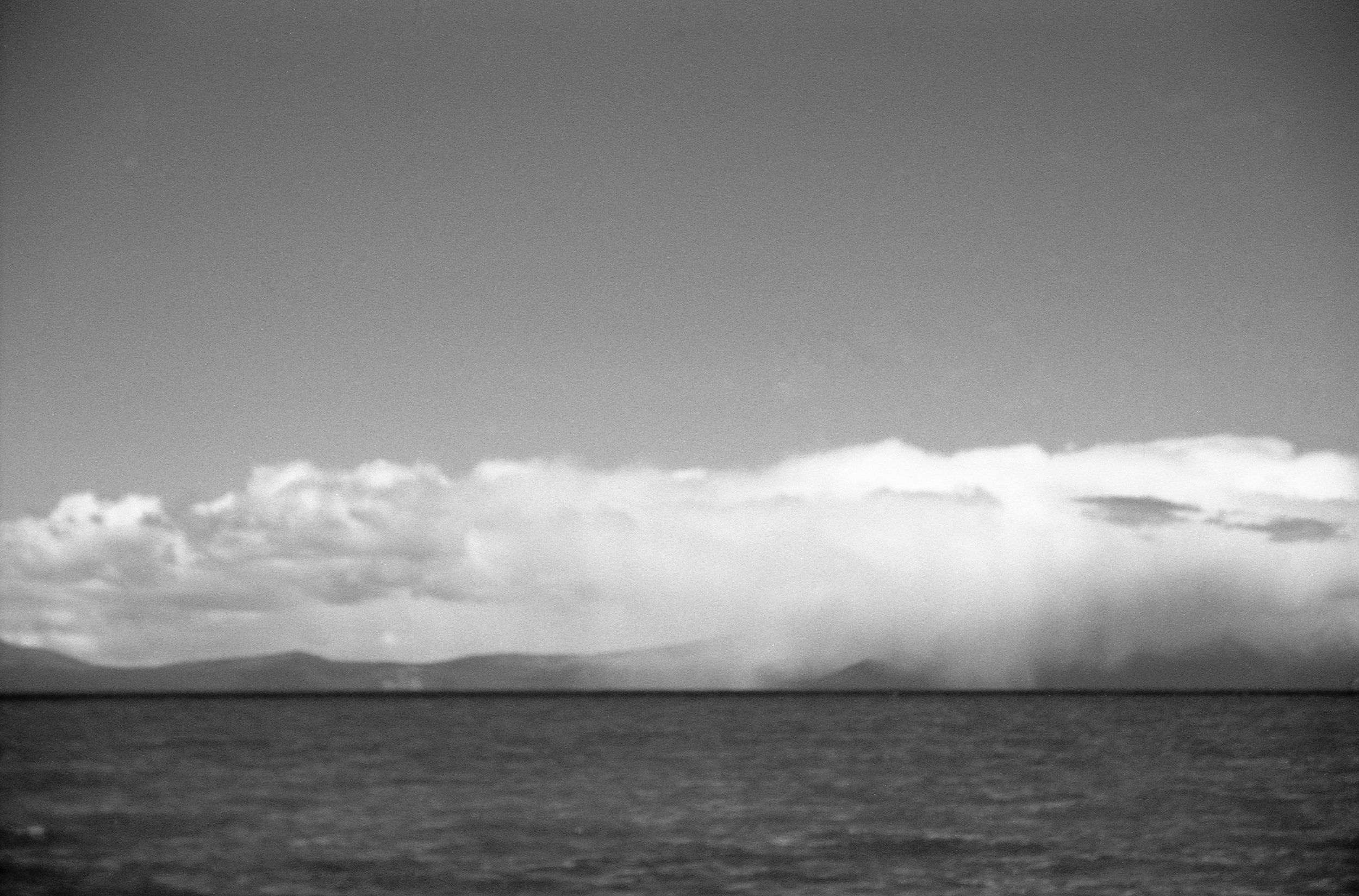







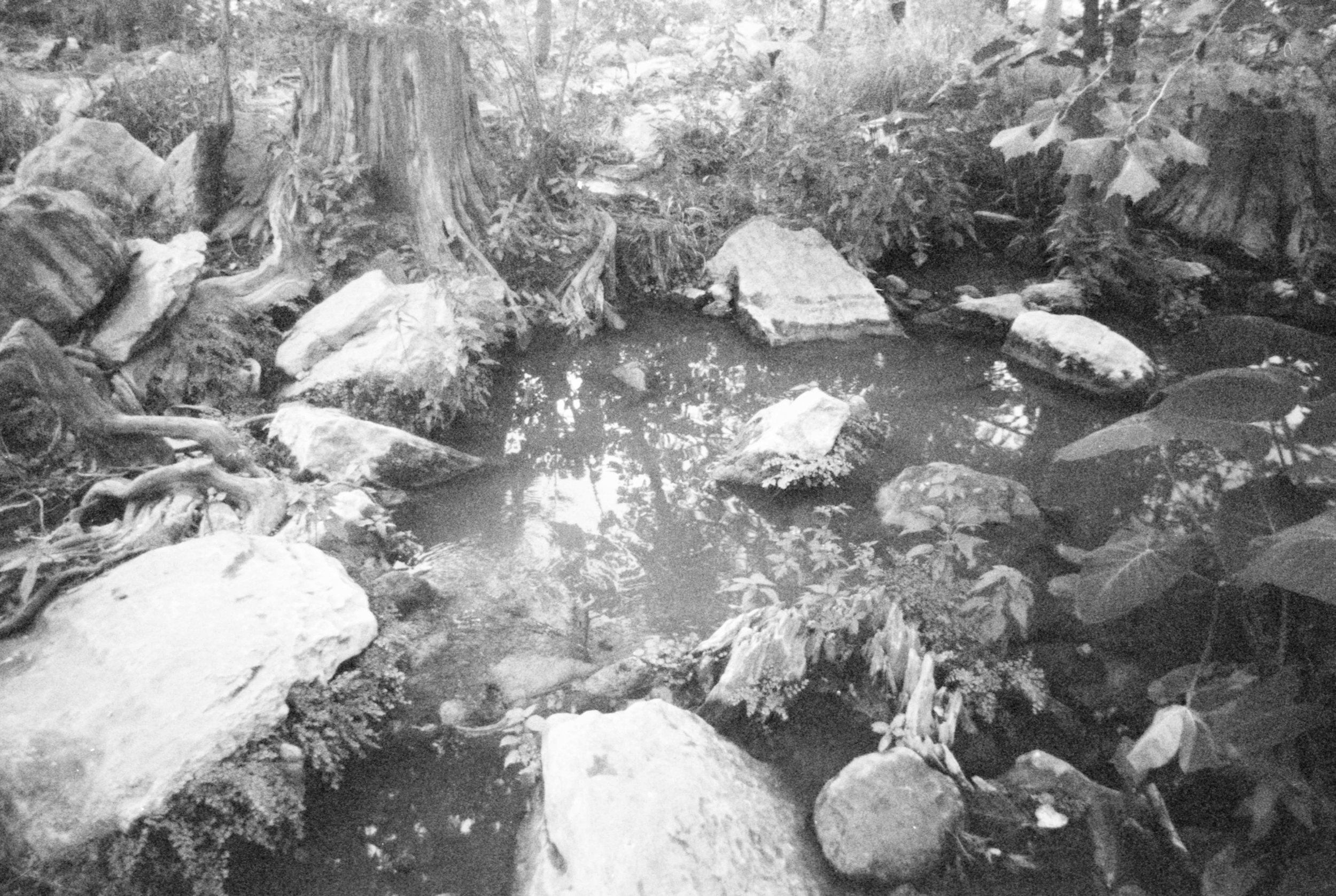
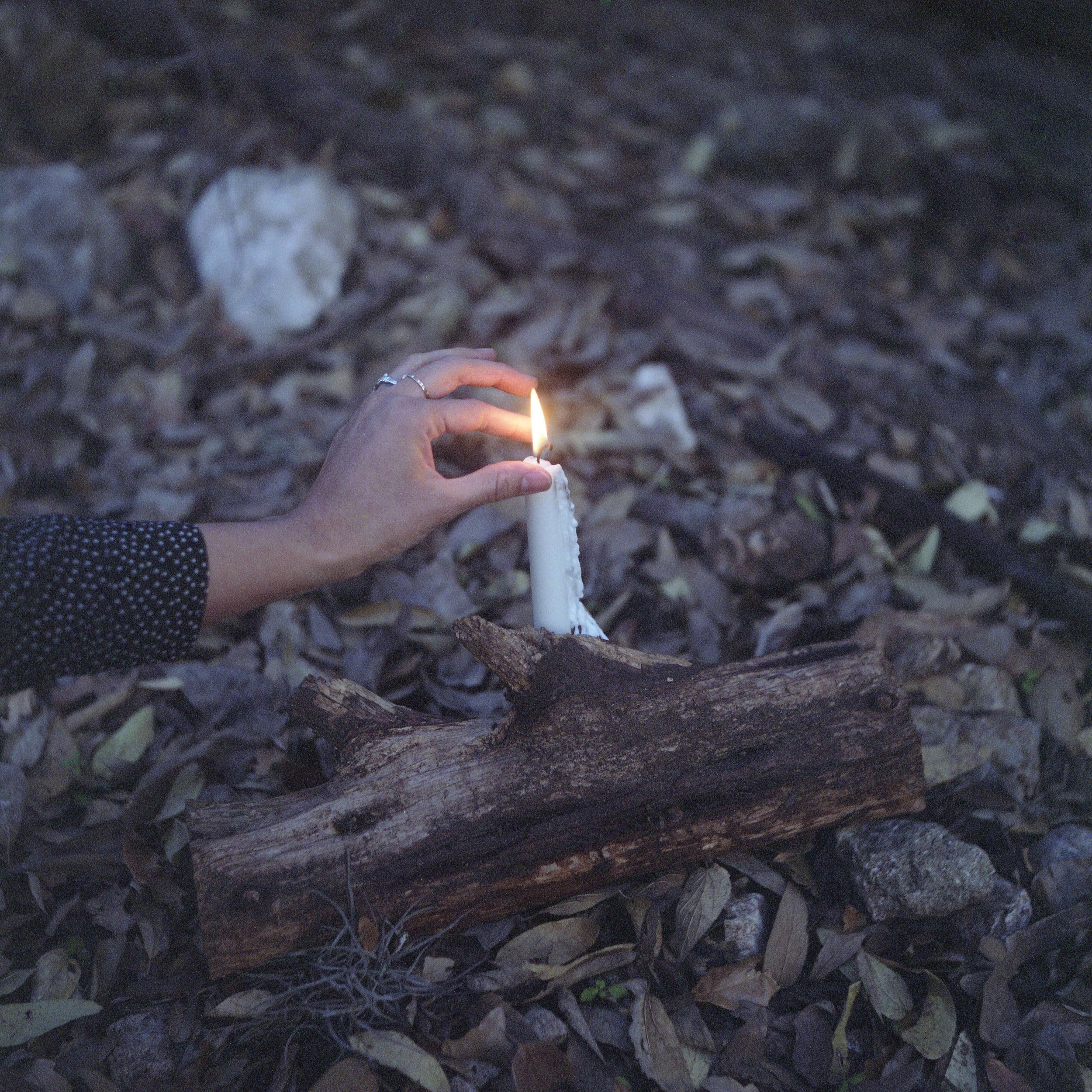
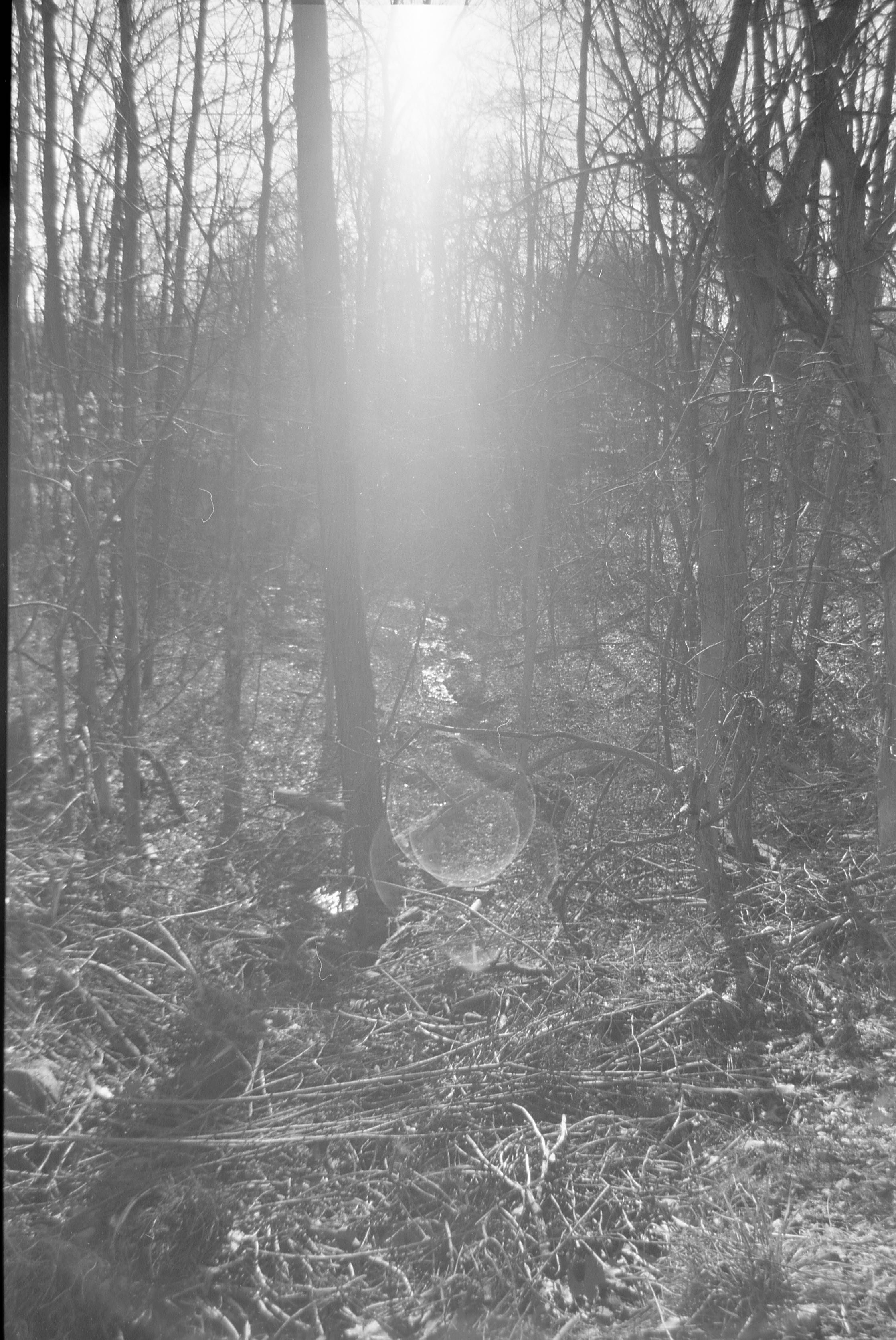
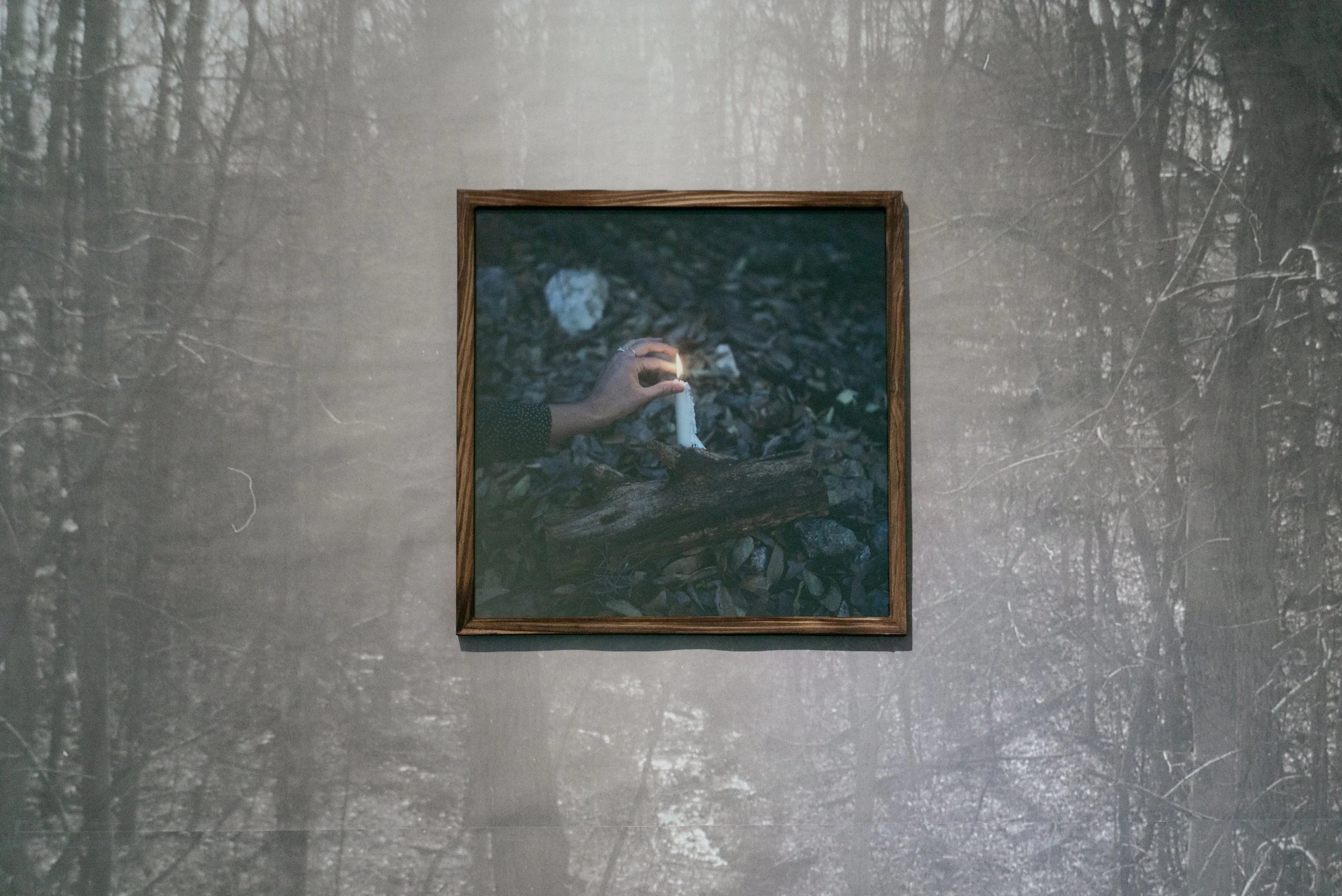

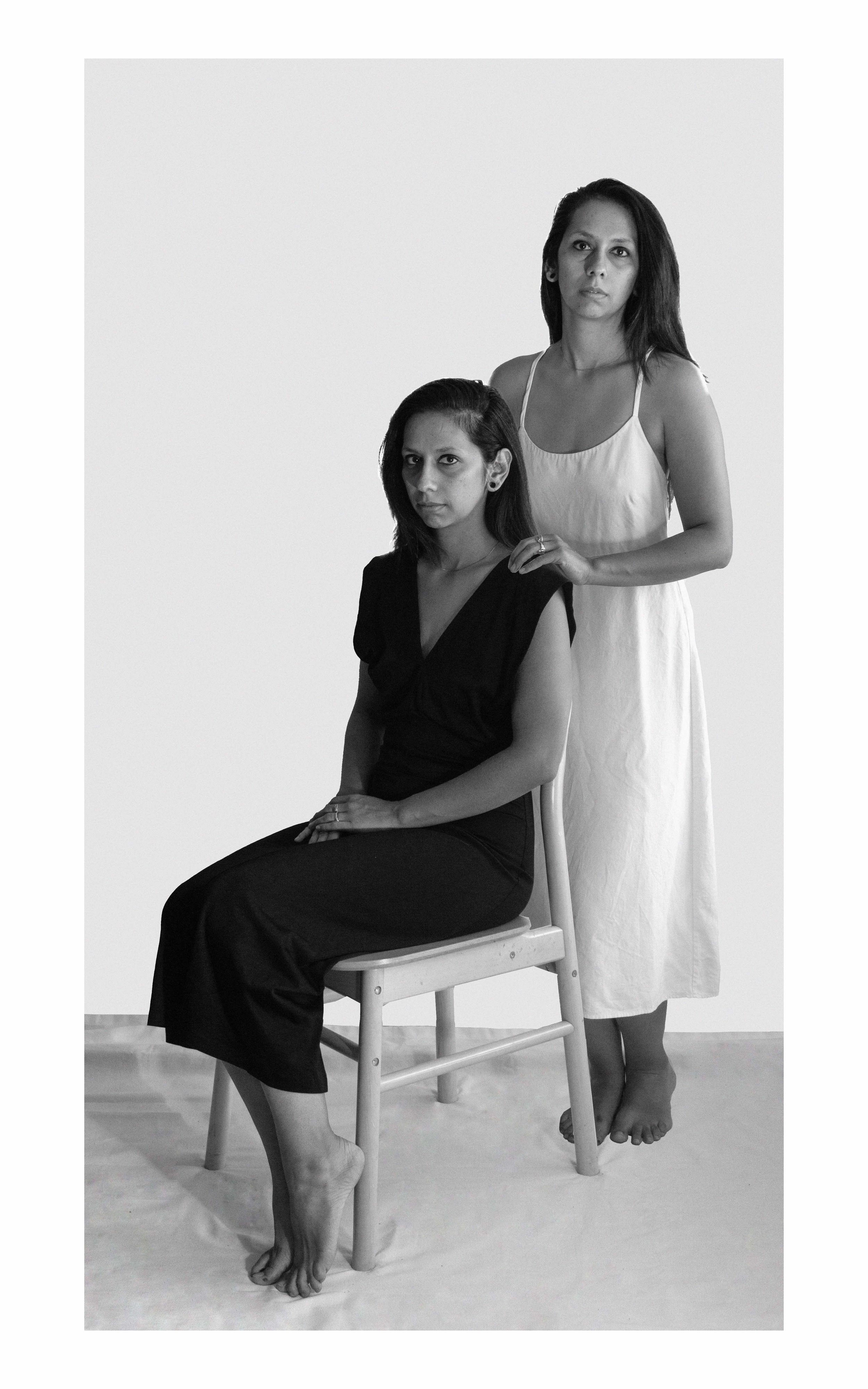
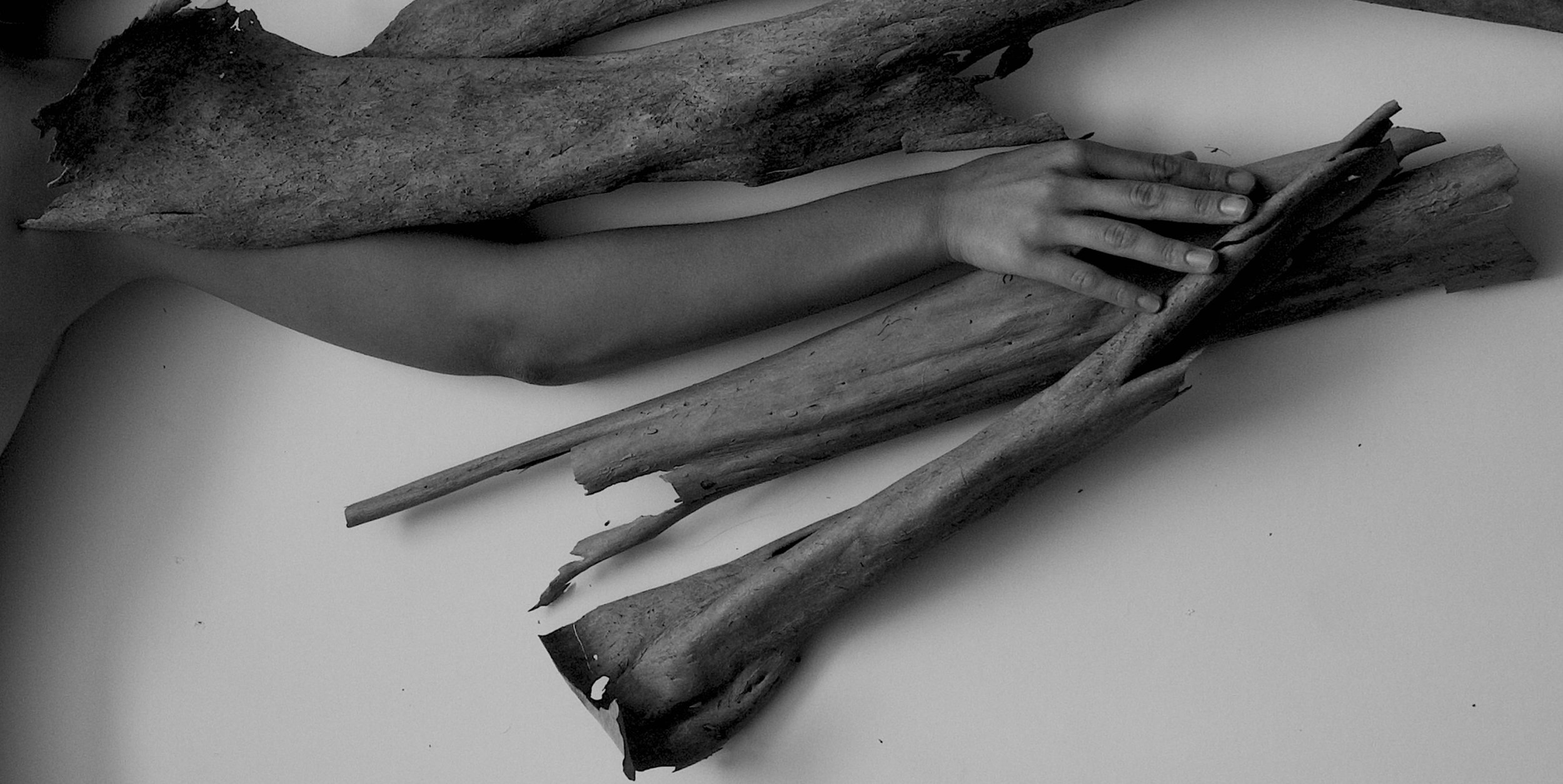


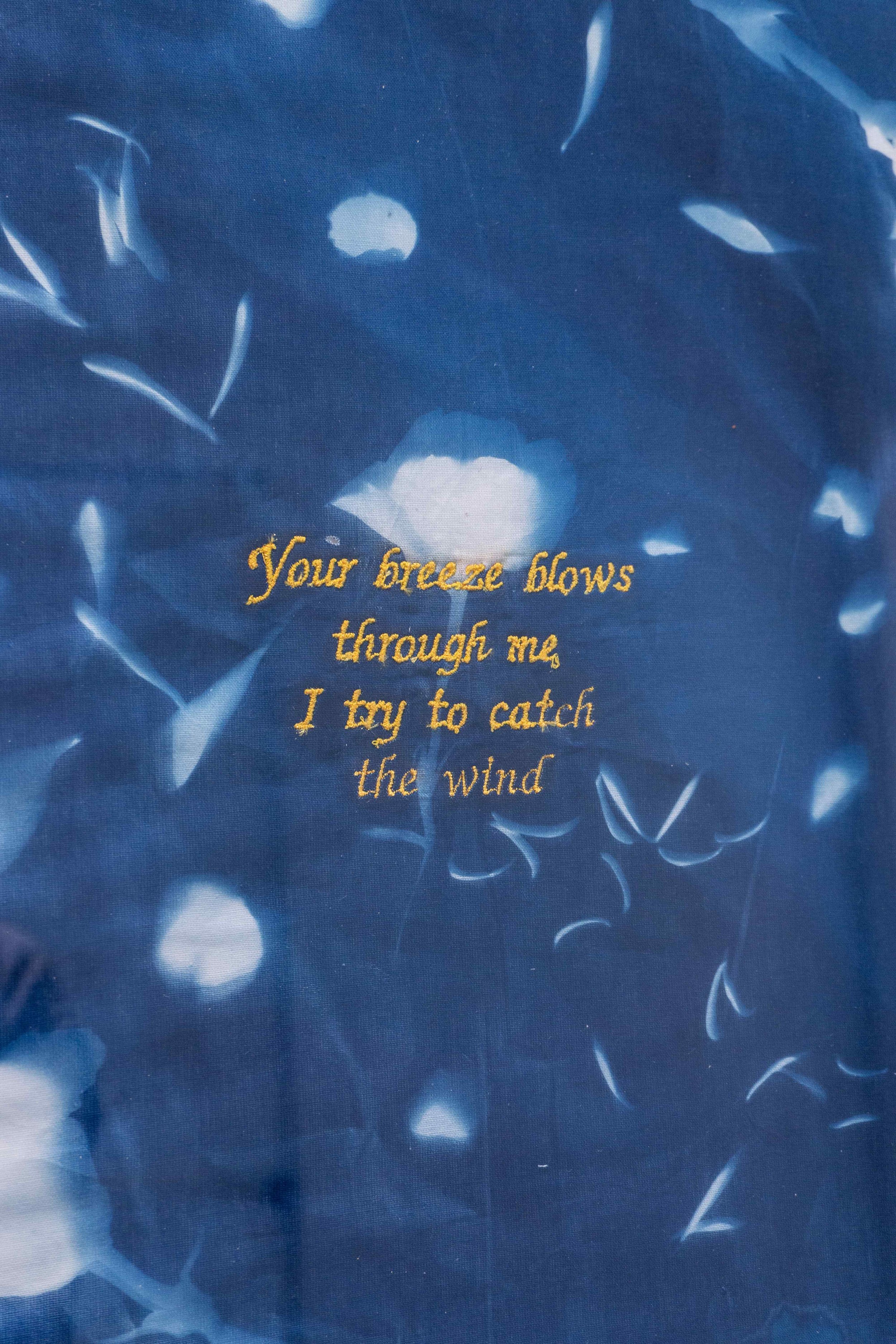




















My body is a temple, my body is a ruin explores themes of transformation, loss, love, devotion, support, and grief. It considers out of body experiences and finding paths to be present again with oneself following destabilization.
This body of work poses a binary comprised of the temple and the ruin. The temple represents sacred space– a place one can engage the spiritual, acts of worship, experience catharsis, experience the divine, and community. In contrast, the ruin represents isolation, disintegration, and collapse–something forgotten or abandoned. A ruin is both a place (noun) and a verb–a choice or action made towards something.
The self-portraits depict the character/figure in multiple emotional states. The two main rooms of the exhibition are divided thematically. Depicted in the room on the right, where the viewer enters the gallery, are states of loss and grief. The room on the left focuses on revelation and being on the precipice of transformation.
The flora motifs in some of the work function as metaphoric representations, acknowledging feelings and events. The background landscapes are meant to be expansive spaces to visit, to release and reflect, just as nature is for me in my own life. The landscapes also reflect the themes of the rooms; one slightly out of focus seascape–adrift, loss, uncertainty; the forest spaces–those of growth, transformation, restoration, and being grounded.
In the making of this work, a revealing question surfaced for me. Does grief need a witness? I think for many, it does. In this work I’ve utilized poetry and self-portraiture as a method for being my own witness, making pain visible, even if veiled and in the process of creating, attempting to spark my own catalyst for transformation.